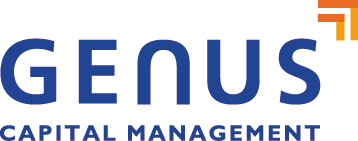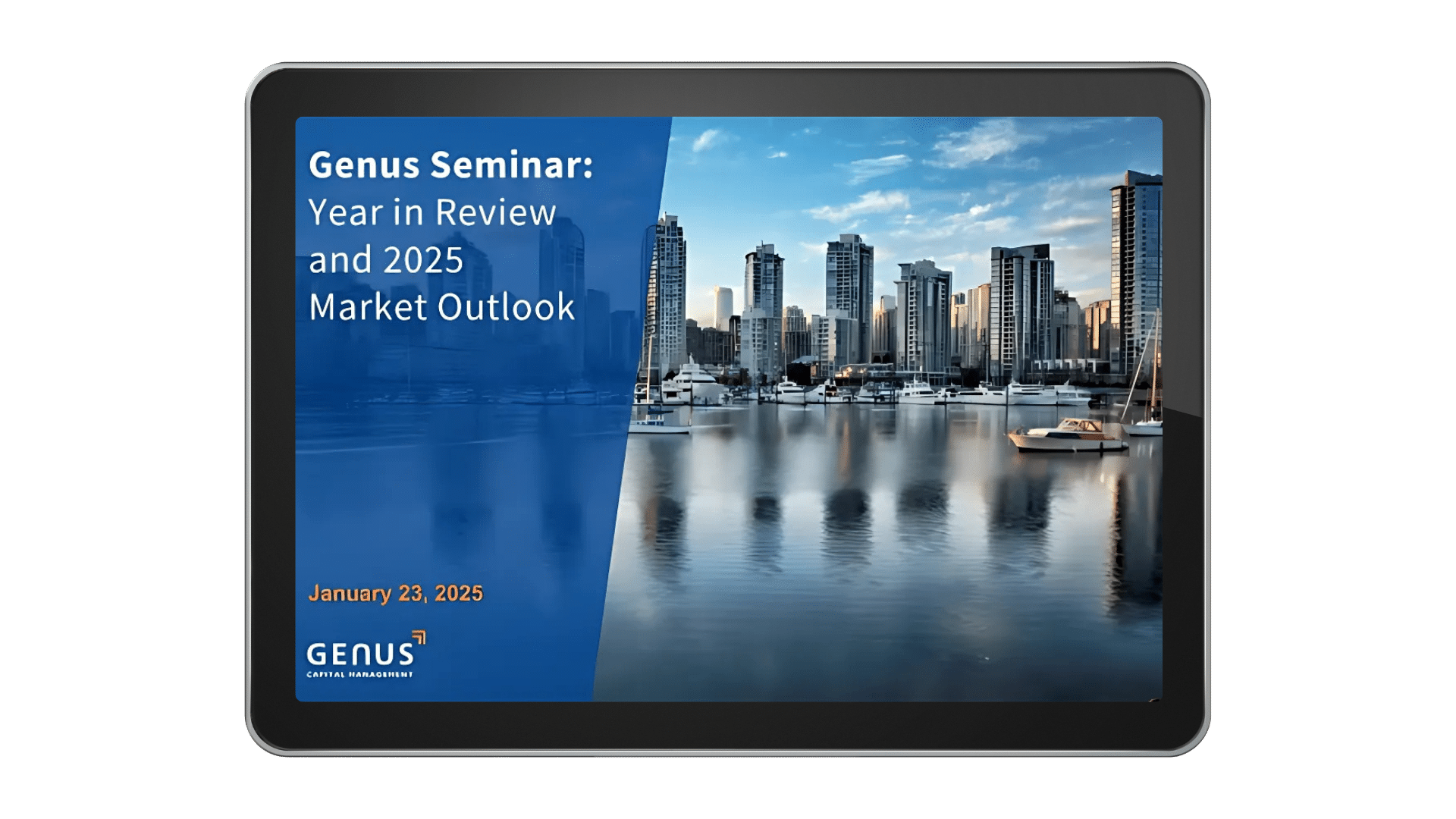With the rise of impact investments available to investors in 2021, here’s what sustainable investors need to know about impact washing vs. greenwashing, and how to tell the difference between the two.
While the term “impact washing” may be unfamiliar to many, most people are familiar with the concept of “greenwashing”. The phrase was coined by U.S. environmentalist Jay Westerveld in 1986 for an essay he wrote about the hotel practice of putting placards in rooms to promote the reuse of towels as a way of “saving the environment.”
Today, greenwashing describes any effort to put a positive spin on the environmental activities of a company or organization—often downplaying or misrepresenting facts that counter these activities.
Consumers and investors have developed a good nose for greenwashing over the past three decades, so now attention is turning to the question of “impact”—and whether companies are truly having a net-positive impact in their activities around the world.
It’s not enough to simply tell people you’re “saving the environment”; you have to show—through everything you do—that you’re committed to leaving the world in a better place than you found it.
Coming clean on impact washing
According to Mike Thiessen, Chief Sustainability Officer at Genus, impact washing is similar to greenwashing in that investment firms might say they’re investing in green investments, clean tech or companies involved in renewable energy or electrical vehicles, “but they’re actually just investing in companies that aren’t as bad as other companies.”
A lot of so-called “green” investment funds, he notes, have holdings in companies like Suncor or Enbridge: “They’re not actually green, but they’re better than the benchmark.”
Where you really see the impact washing, he adds, is in marketing materials that equate impact with a high ESG (Environment, Social and Governance) score. ESG scores, while a useful investor tool, are not without their critics—and the focus with ESG is on the company’s management, not its sustainable impact.
“The companies in these funds will have really good operations,” says Thiessen. “They might have a very clean supply chain, or they treat their employees right. These firms could have 0% of their revenue coming from impactful activities—but since they’re ‘good companies,’ they’ll make it into these impact funds.”
By contrast, he points to Vestas Wind Systems—one of the firms in Genus’ Fossil-FreeTM High Impact fund—as an example of a company where the vast majority of revenue comes from impactful activities.
Part of what we do at Genus is get people excited about making an impact and investing in impactful activities.
Mike Thiessen, Chief Sustainability Officer at Genus Tweet
Authentic impact investing is measurable
For impact investors, having a clear and measurable way to cut through any impact washing and evaluate actual impact is critical. At Genus, we start with the 17 Sustainable Development Goals (SDGs) set out in the UN’s 2030 Agenda for Sustainable Development. That’s our foundational piece, with companies in Genus’ high-impact portfolio rated for how their products or services contribute to those SDGs; that, combined with a series of other sustainability filters, produces a portfolio of companies that average 50% or higher positive impact.
Thiessen notes that there are a variety of impact measurement tools available, including a framework from the Sustainable Accounting Standards Board and the Impact Management Project. Both allow portfolio managers to drill deep into each company’s sustainability efforts in tremendous detail. “But it takes a lot of work per company—and you don’t even come out with a nice number that you can show clients. It’s just something that you can check off.”
Look at the actual holdings in a particular fund. That’s what a lot of investors miss when they get into a green fund or an impact fund
Mike Thiessen, director of sustainable investments at Genus Tweet
He argues instead that the Genus 2020 Net Impact Report (which demonstrates how our toolkit includes leveraging the UN SDGs, and using market research data from Sustainalytics and MSCI) is an excellent way to distill all the information into one score. “Part of what we do at Genus is get people excited about making an impact and investing in impactful activities. If we gave them a whole bunch of different stats that they didn’t really understand, it’s not really going to excite anybody. And it’s going to be hard to compare across funds.”
While it’s critical that investors talk to a financial advisor to truly understand a company’s net impact score, Thiessen says that any socially conscious investor can do a bit of research on their own to separate the wheat from the chaff. “Look at the actual holdings in a particular fund. That’s what a lot of investors miss when they get into a green fund or an impact fund: They read the high-level materials, but they don’t actually look at what’s in there.”
And if a fund is full of companies claiming to be saving the planet by washing fewer towels? Well, perhaps it’s time to skip the spin cycle, evaluate the potential for impact washing and find a fund that comes clean about its commitment to creating true impact.
Learn about our new Green Bond Fund or contact us to chat about a personalized plan tailored to the impact you want to make in the world.
Want to know more?

Introducing the Genus Global Impact Bond Fund
A new way to green your investment portfolio The future just got a little greener. Today, Genus is launching a new way for you to green your investment portfolio. Our Global Impact Bond Fund is the latest addition to our Fossil Free Fund Suite and











